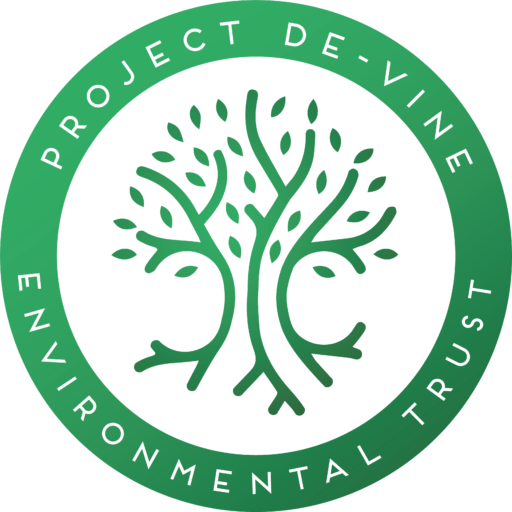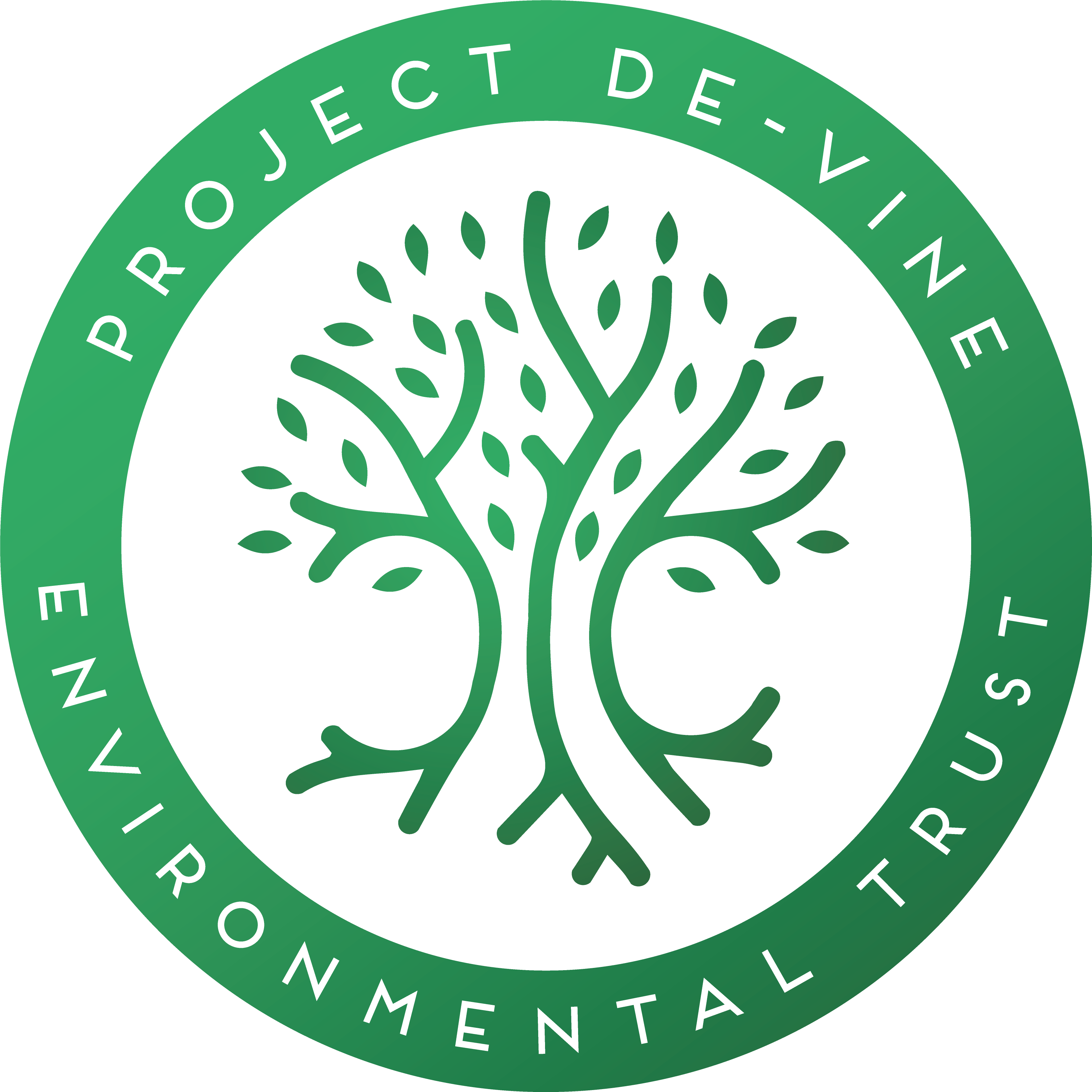
Motupipi River Willow Eradication and Restoration Project (MR WERP)
Project Overview
The Motupipi River is a beautiful Takaka spring-fed river that passes near to highways and roads, through dairy farms and residential properties on its way to the sea. The Motupipi River has had wilding crack willow growing along the river that had spread into the river bed, choking the river and reducing its flow. Due to flood control measures the Takaka river only now infrequently floods into this river. The willow choking and lack of flood flushing are contributing to the buildup of sediment. The surrounding farmland is contributing to higher nitrate (though most of the nitrate is entering the river via the springs forming the river) and E Coli levels and high nutrients and sediment and the lack of shading and sediment is causing excessive weed and algal growth which in turn is lowering oxygen levels and is adversely affecting native fish and macroinvertebrates. The Motupipi has some of the poorer water quality in the Tasman District however through the actions of farmers it is steadily improving. It is one of the rivers where monthly water quality samples are collected.
The poisoning and removal of the willows have been the focus of the MR WERP project from 2018. There has been lots of riparian planting on the River from a much earlier farmer Landcare group. The Motupipi River Willow Eradication and Restoration Project is a partnership between landowners, Tasman Environmental Trust, Tasman District Council, Project De-Vine Environmental Trust, Fonterra and NZ Landcare Trust. In this project, all willows along the main stem of the river have been poisoned and some removed and chipped and treatment has started and will continue along the tributaries. To date, we have spent $65K over two years in this process. Over the next two years, we will complete the treatment and removing of the willows and treat any regrowth or seedlings. The aim is to have the catchment completely willow free and as the willows are removed completely plant the waterways and re-establish wetlands.
We recently had river restoration experts from Canterbury University, Tasman District Council and NZ Landcare Trust visit the river and they have developed a river restoration plan. In covers the strip where there have been dense willows, resulting in 70 cm of sediment accumulating and the river course widening. With existing funding, we intend to trial the narrowing of sections of the river by using existing sediment to increase its flow and hence flushing capability and prevent sediment being flushed into the estuary. We will also continue to treat and remove willows and provide funding support to landowners to fence or shift existing fences. NZ Landcare Trust will continue to project manage the project as an in-kind contribution and farmers with the local community will plant and care for the plants as an in-kind contribution.
The farmers have also been very active in the catchment killing willows, fencing the waterways and have started their own riparian plantings programme and bush restorations. They have also established a catchment group to collectively work together to improve the river. Their efforts can be seen in the steadily improving water quality in the catchment.
As we remove the willows the river will become less shaded and more susceptible to aquatic weed growth and therefore needs to be shaded quickly. It is important to follow up the willow removal with a quick planting programme. However, the river does not have a stock bank and townships and farmland and the main stem is susceptible to gentle flooding from the river. So innovative planting strategies will be used that shade the river quickly without increasing the flooding susceptibility of the main stem of the river. We plan to plant 16,000 trees in the catchment over the next 3 years. We also intend to build three wetlands to help filter water in tributaries before entering the waterways.
One of the rivers in the catchment (Dry River) only flows intermittently during high rainfall and while it doesn’t justify ecological native planting it is a significant contributor of sediment and it also contains willows that will contaminate downstream. These willows are important in stabilising the banks. In this area, we want to provide the farmers with poles from non-wilding poplars and willows to stabilise the banks which will allow us to treat the crack willows in the future.
We intend to engage the Golden Bay community to assist the landowners in the plantings thereby building a bridge between the farming and non-farming community as they work together for the health of the Awa. We also intend to undertake weed control in a park in Sunbelt Crescent and expand the river reserve to include a stand of Pukateas. We will undertake weed control on the Motupipi sand spit at the mouth of the estuary where the Motupipi flows.
The Takaka primary school has also adopted the river as part of the education programme for the junior, intermediate and senior class. The Fonterra factory staff have also worked with the students and provided labour to plant and mulch the planting. This education is supported by TDC and the Tasman Bay Guardians.
Project De-Vine Environmental Trust (PDVET) has independently applied for and received a grant from Lotteries to provide extensive pest plant control in the lower Takaka Valley over three years. This work is now just starting its second year. Properties are being targeted in key areas, which includes the Motupipi River and its tributaries to minimise seeding from pest plants in the areas of the riparian planting that MRWERP and landowners are planning.
The lower reaches of the Motupipi River, where it spreads out into an estuary is a key being targeted for pest species control to ensure a long-lasting outcome for this MRWERP project.
Project De-Vine Environmental Trust will be carrying out control work on the Motupipi Sandspit for pest plants and trees, this will use the 2019 approved Lotteries grant over two years and an October 2020 approved Tasman Network Trust grant.
The work will involve:
Poisoning by drilling the exotic trees that are spreading on the spit.
A working bee was held in March 2020 to primarily pull up sycamore seedlings. Approx. 4000 were dealt with in one morning!
Cut and pasting or spot spraying all other pest plants.
As assessed by DOC staff, there is a good mix of plantings from previous regeneration work that are able to colonise the spit. The Muehlenbeckia vines growing over them will create an attractive climate for skinks and others.
If you are a landowner in this catchment area please look out for Crack Willow, Pampas grass seedlings and deal with them or ask PDVET to. Already many of the Pampas grass plants have been poisoned
The same applies to other pest species that we are targeting – eg Seedling Pines, Sycamores and others that the MRWERP team or contractors (PDVT staff) can talk with you about.
Together the community is working together to achieve a long-lasting regeneration of water quality and riparian margins of the Motupipi River and its catchment that we can all be proud of.
Get In Touch
Have a project you’d like to partner on?





